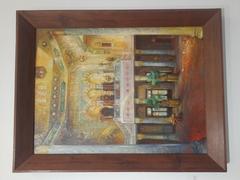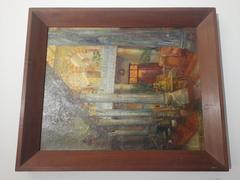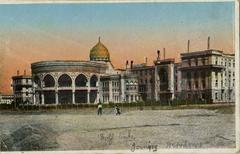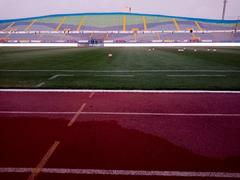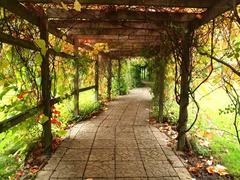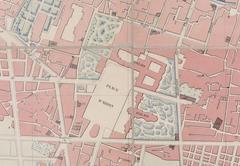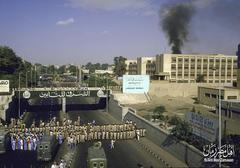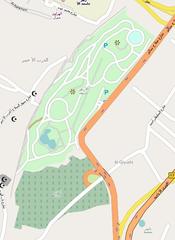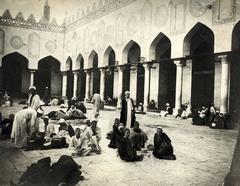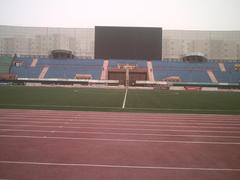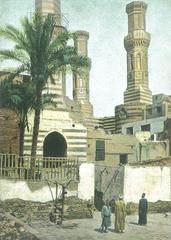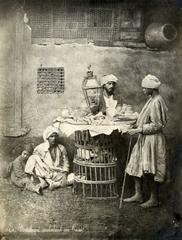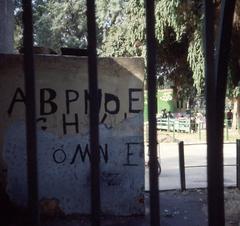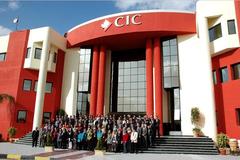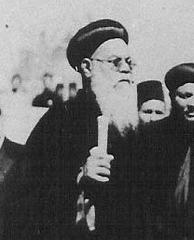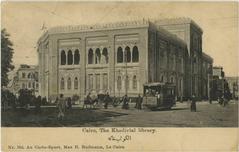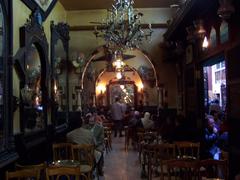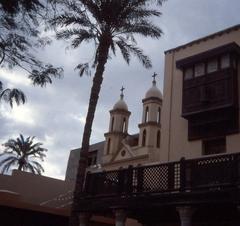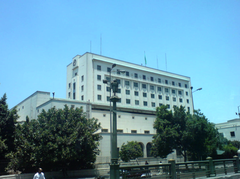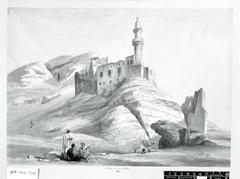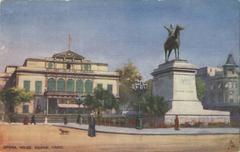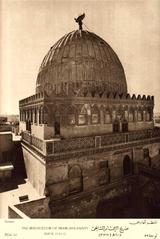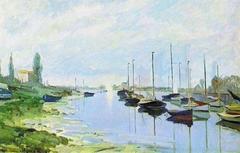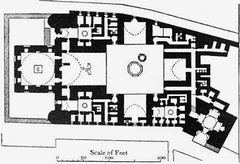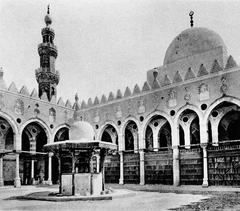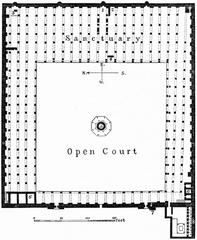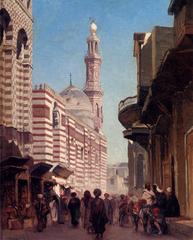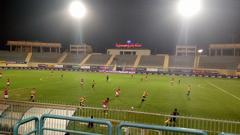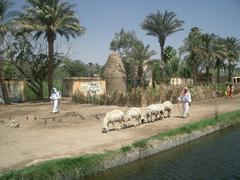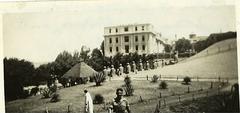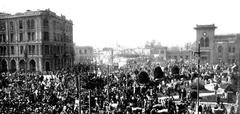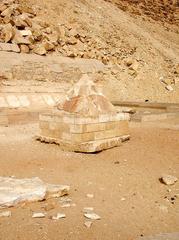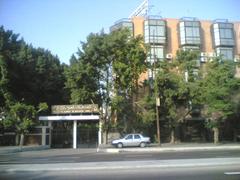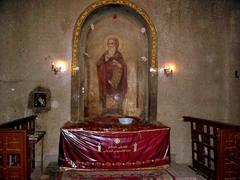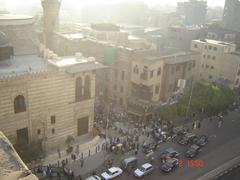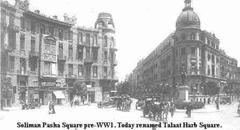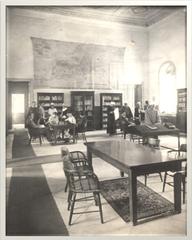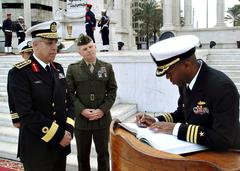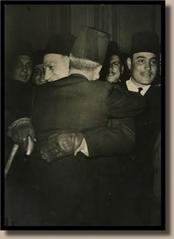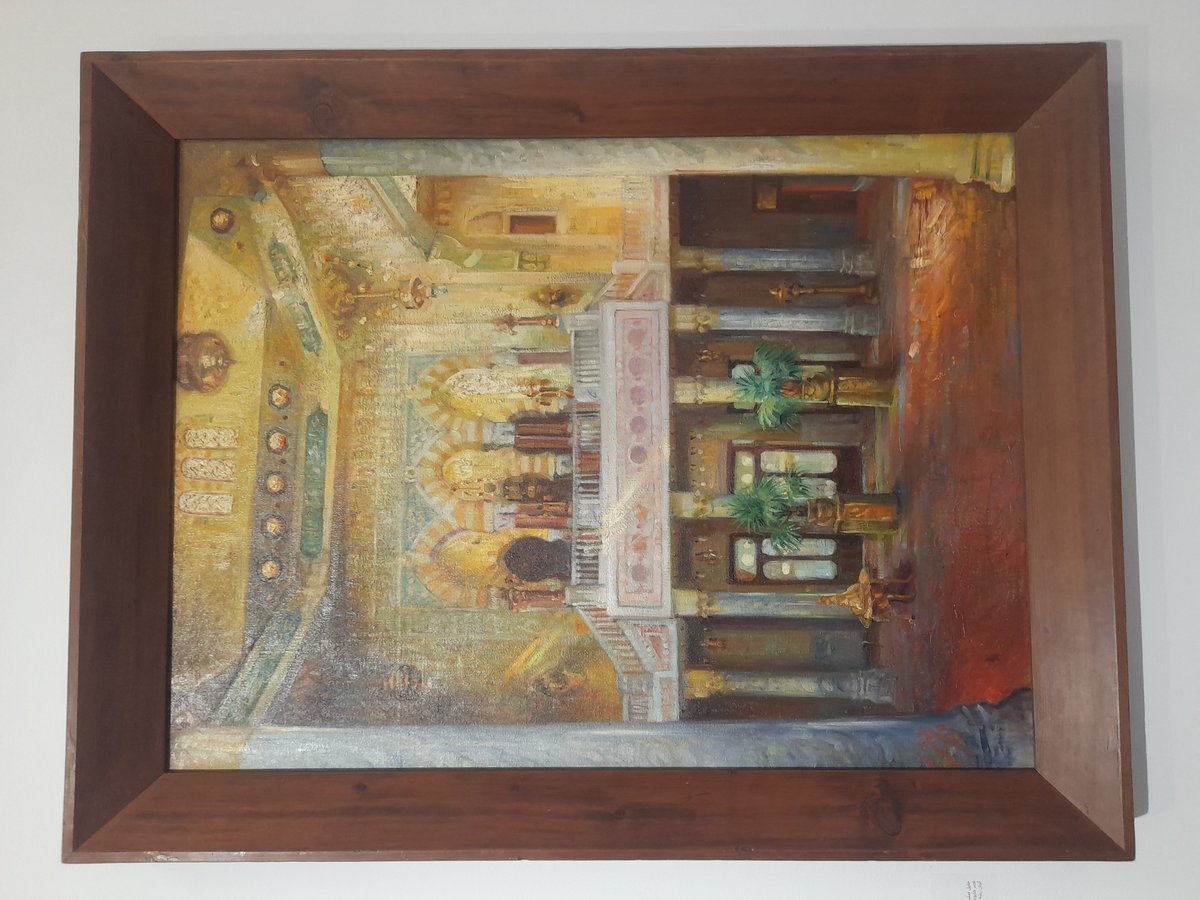
Visiting قصر رئاسة: Hours, Tickets, and Tips for Al Salam, Egypt
Published Date: 31/07/2024
Introduction to قصر رئاسة
Nestled in the heart of Al Salam, Egypt, قصر رئاسة (Kasr Riasat), also known as the Heliopolis Palace, stands as a monumental testament to Egypt’s rich history and architectural splendor. Originally constructed between 1908 and 1910 as the Heliopolis Palace Hotel, this grand edifice has undergone significant transformations over the years, evolving from a luxurious hotel to a critical political hub and presidential residence (Wikipedia). The palace’s architectural design, a unique blend of Persian, Moorish Revival, Islamic, and European Neoclassical elements, reflects the creative genius of Belgian architect Ernest Jaspar and the ambitious vision of Belgian industrialist Édouard Empain. Today, the Heliopolis Palace is not just an architectural marvel but also a site of immense historical and cultural significance, having played host to numerous pivotal events and high-profile guests over the past century.
For travelers and history enthusiasts alike, قصر رئاسة offers a fascinating glimpse into Egypt’s past and its journey through modern times. This guide aims to provide comprehensive coverage of the palace’s history, architectural significance, visitor information, and nearby attractions, ensuring you have all the essential details to make your visit memorable. Whether you’re interested in the palace’s historical context, its role in Egypt’s political landscape, or practical tips for a seamless visit, this guide has something for everyone.
Contents Overview
- Introduction
- History of Heliopolis Palace
- Origins and Early Years (1910-1958)
- World War I and Military Use (1914-1918)
- Government Acquisition and Interim Period (1958-1980)
- Transformation into a Presidential Palace (1980s-Present)
- Architectural Significance
- Modern-Day Use and Accessibility
- Visiting Hours
- Ticket Prices
- Accessibility
- Travel Tips
- Nearby Attractions
- Baron Empain Palace
- Basilica of Notre Dame
- Korba District
- Al Salam Park
- Preservation and Future Prospects
- FAQ
- Conclusion
History of Heliopolis Palace
Origins and Early Years (1910-1958)
The Heliopolis Palace, originally known as the Heliopolis Palace Hotel, was constructed between 1908 and 1910. This grand structure was part of a larger development project in the Heliopolis suburb, spearheaded by the Belgian industrialist Édouard Empain and the Heliopolis Oases Company. The hotel was designed by Belgian architect Ernest Jaspar, who incorporated a unique blend of architectural styles, including Persian, Moorish Revival, Islamic, and European Neoclassical elements (Wikipedia).
Upon its completion, the Heliopolis Palace Hotel was billed as the most luxurious hotel in Africa and the Middle East. It quickly became an exclusive destination for high-profile guests, including foreign royalty and international business tycoons. Notable visitors included Milton S. Hershey and King Albert I and Queen Elisabeth of Belgium (Wikipedia).
World War I and Military Use (1914-1918)
During the First World War, the Heliopolis Palace Hotel was repurposed as a military hospital for Australian troops. The hospital, often referred to as “the Hospital in a Palace,” was one of the largest and grandest medical facilities in the campaign. It employed students and nuns from the nearby Collège du Sacré-Cœur and had the capacity to treat thousands of Commonwealth troops at a time (Wikipedia).
Government Acquisition and Interim Period (1958-1980)
In 1958, the Egyptian government purchased the Heliopolis Palace Hotel and subsequently closed it. The building was then used to house various government offices. In January 1972, it became the headquarters of the Federation of Arab Republics, a short-lived political union between Egypt, Libya, and Syria. This period marked the beginning of the building’s transition from a luxury hotel to a significant governmental and political site (Wikipedia).
Transformation into a Presidential Palace (1980s-Present)
In the 1980s, the Heliopolis Palace underwent extensive renovation and restoration efforts. These efforts were part of a broader initiative to repurpose the building as a presidential palace and the headquarters of the new president, Hosni Mubarak. The palace, now known as قصر رئاسة (Kasr Riasat Al Gomhouria) or قصر الاتحادية (Kasr Al Ittihadia), became one of the five Egyptian presidential palaces and residences. The other palaces include Abdeen Palace, Koubbeh Palace, Montaza Palace, and Ras El Tin Palace (Wikipedia).
Architectural Significance
The architectural design of the Heliopolis Palace is a testament to its historical and cultural significance. Ernest Jaspar’s design introduced the local Heliopolis style, which is a synthesis of various architectural influences. The building was constructed by the contracting firms Leon Rolin & Co. and Padova, Dentamaro & Ferro, the two largest civil contractors in Egypt at the time. Siemens & Schuepert of Berlin were responsible for fitting the hotel’s web of electric cables and installations, ensuring that the utilities were to the most modern standards of their day (Wikipedia).
Modern-Day Use and Accessibility
Today, the Heliopolis Palace is one of the more restricted presidential palaces in terms of access. It is surrounded by simple gardens and serves as the executive office of the President of Egypt. The building’s historical significance and architectural grandeur continue to make it a landmark in the Heliopolis suburb, northeast of central Cairo and east of the Nile (Sygic Travel).
Visitor Information
Visiting Hours
Currently, the Heliopolis Palace is not open to the general public. However, special events or state functions may provide limited access. Always check the official website or contact local authorities for the latest visiting hours.
Ticket Prices
As the palace is not typically open to the public, there are no standard ticket prices. For special events or guided tours, ticket information will be available through official channels.
Accessibility
The Heliopolis Palace, given its use as a presidential office, has restricted accessibility. Visitors with special permissions should inquire about specific accessibility arrangements beforehand.
Travel Tips
If you plan to visit the Heliopolis area, consider exploring nearby attractions such as the Baron Empain Palace and the Basilica of Notre Dame. These sites offer a glimpse into the rich history and architectural beauty of the Heliopolis suburb.
Nearby Attractions
Heliopolis boasts several other historical and cultural sites worth visiting:
- Baron Empain Palace: Another stunning architectural masterpiece, also built by Édouard Empain, featuring a blend of Indian and European styles.
- Basilica of Notre Dame: A beautiful Roman Catholic basilica that serves as a prominent landmark in Heliopolis.
- Korba District: Known for its charming boulevards, cafés, and shops, offering a lively experience of local culture and cuisine.
- Al Salam Park: A serene green space perfect for relaxation and leisure.
- Al Salam Museum: Offers a comprehensive collection of artifacts and exhibits, providing context to the historical significance of قصر رئاسة and its role in Egypt’s political history.
Preservation and Future Prospects
The preservation of the Heliopolis Palace is crucial for maintaining its historical and cultural legacy. The building’s transformation from a luxurious hotel to a presidential palace reflects the dynamic history of Egypt over the past century. As the palace continues to serve as a governmental and political hub, efforts to preserve its architectural integrity and historical significance remain paramount.
FAQ
Q: Is the Heliopolis Palace open to the public? A: No, the Heliopolis Palace is not generally open to the public. Special events or state functions may provide limited access.
Q: What are the visiting hours for the Heliopolis Palace? A: Visiting hours are not standard as the palace is primarily a presidential office. Check official sources for any special event timings.
Q: Are there guided tours available? A: Occasionally, guided tours may be available during special events. Information can be found through official channels.
Q: What are some nearby attractions to visit? A: Nearby attractions include the Baron Empain Palace, Basilica of Notre Dame, and the Korba District.
Conclusion
The Heliopolis Palace stands as a symbol of Egypt’s rich history and evolving political landscape. Its architectural splendor and historical importance make it a significant landmark in Cairo, offering a glimpse into the country’s past and present.
Call to Action
For more information about Cairo’s historical sites and travel tips, download the Audiala mobile app, check out our other related posts, and follow us on social media for the latest updates. Happy exploring!
Sources and Further Reading
- Wikipedia. (n.d.). Heliopolis Palace. Retrieved from Wikipedia
- Sygic Travel. (n.d.). Heliopolis Palace. Retrieved from Sygic Travel
- The Discoveries Of. (n.d.). Egypt Travel Tips. Retrieved from The Discoveries Of
- Earth Trekkers. (n.d.). How to Visit Valley of the Kings, Luxor, Egypt. Retrieved from Earth Trekkers
- Egyptian Ministry of Tourism and Antiquities. (n.d.). Retrieved from Egyptian Ministry of Tourism and Antiquities
